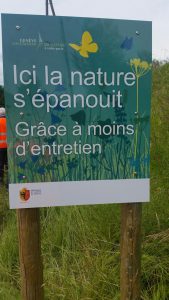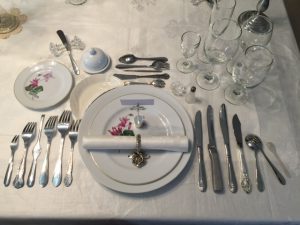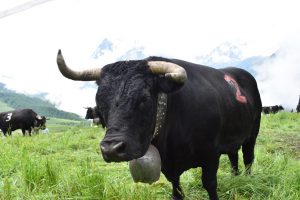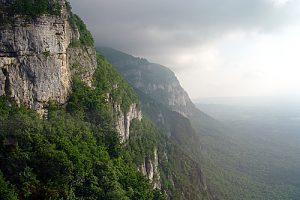Well, I’ve just got back from a few days of wellbeing (the Long Life formula for guaranteed benessere) at the Italian spa of Castrocaro Terme. Completely shattered.
The problem wasn’t really with the mud mask treatment. I had thought that after it was over the girl would have come back to get me and show me the way out. Fortunately, the doors are only locked very late at night.
And it also wasn’t the dagger glares that we received as we slid gracefully into the spa’s hot mineral pool. No one had handed us the obligatory shower cap, and, anyway, you would never dream of putting your head anywhere near the green sulphur water with its icing of brown froth.
And it certainly wasn’t the reserved breakfast tables in the most convenient and beautiful spots. We were fine down the corridor behind the pillars.
No. It was the clock tower bell.
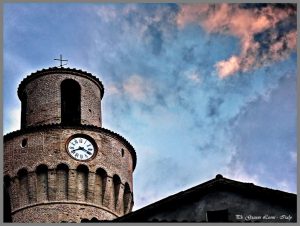 During the daytime, I swear, it was silent as a tomb. However, there were a few hints around town that things were not quite right. For example, there were ashtrays on all flat surfaces.
During the daytime, I swear, it was silent as a tomb. However, there were a few hints around town that things were not quite right. For example, there were ashtrays on all flat surfaces.
There was also a suspiciously well-attended thé-dancant in the hotel gardens. Couples danced their afternoons away to Italian versions of gentle nostalgic songs.
And the fruit and vegetable lady shut her shop firmly for the day at 9:30 a.m.
What happens, is that starting at about 11 in the evening, the clock bell begins to chime. It chimes the hour, and then it also informs you of every 15 minutes that pass.
For example, at 12:45 there are a grand total of 15 loud resonating gongs and you have exactly 14 ½ minutes to firmly doze off before the single chime at 1 a.m.
The stress is enormous. If you can get enough of the Long Life rosso under your belt, then you might have a chance of some refreshing slumber. However, if you accidentally wake up any time in the night you’ve had it. Willing myself into deep sleep within 15 minutes was beyond me.
You think of the pleasant things that have filled your day: the cobbler who has repaired your unstuck sandal for 1 euro; the delicious meal of fresh greens and porcini mushrooms up in the hills; your excellent purchase of a big blue glass Murano bowl. And then you start to think about smoking (for your nerves) dancing (to tire yourself out) or a double espresso (to sharpen up).
Leaning out the window at first light (6:15 a.m.) you see the fruit and vegetable lady open her doors, and her customers immediately start to flock in. The bar in the corner of the square opens with instantaneous clientele. All these people are not up early, they have been up all night.
Purchases made, coffee drunk, and dolce eaten, the town inhabitants will sleep the day away, until it’s time for the dance in the park and the night starts again.

